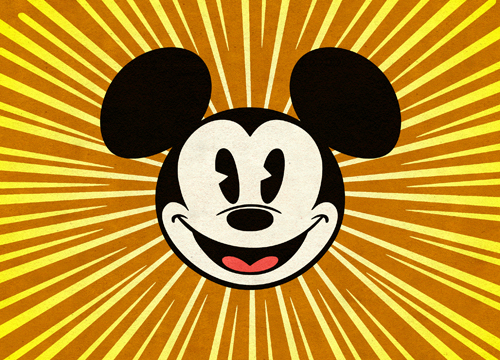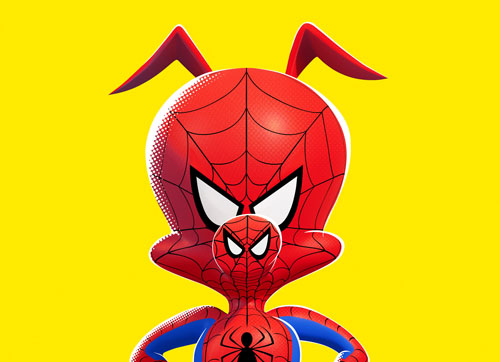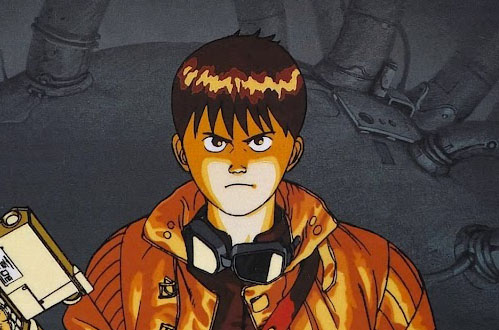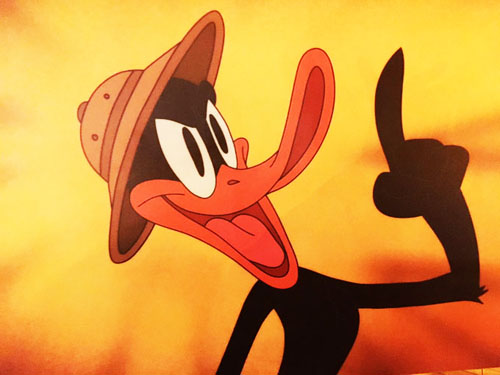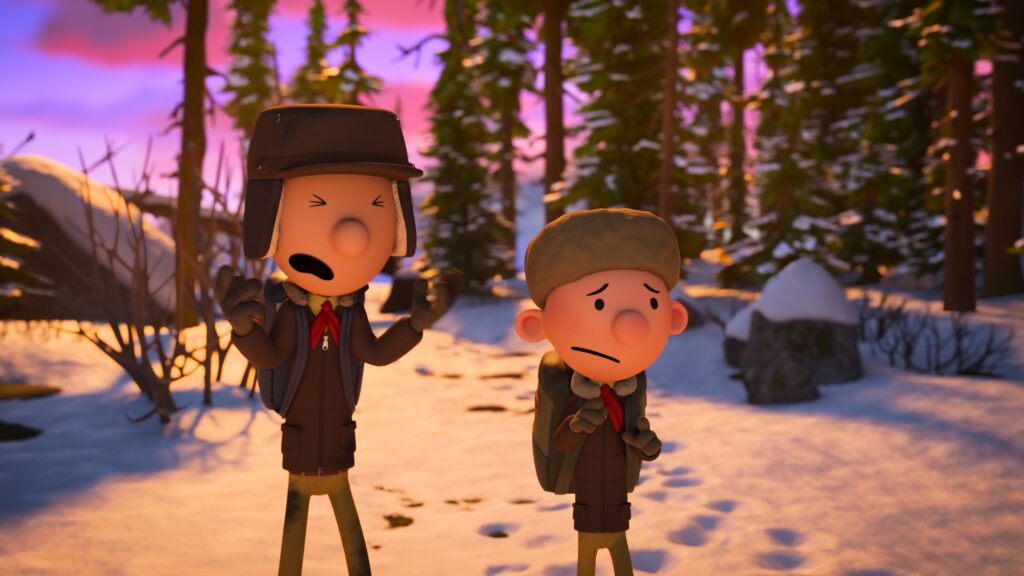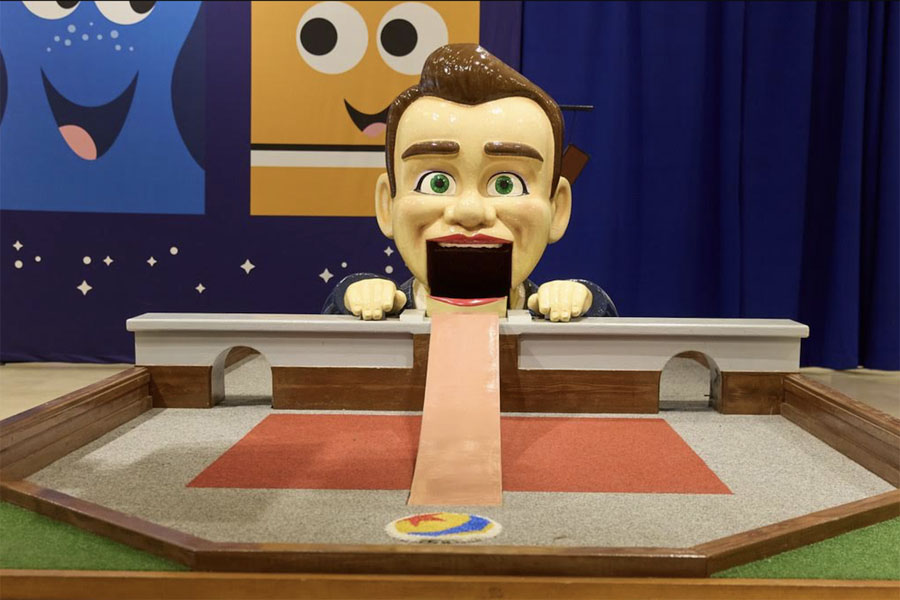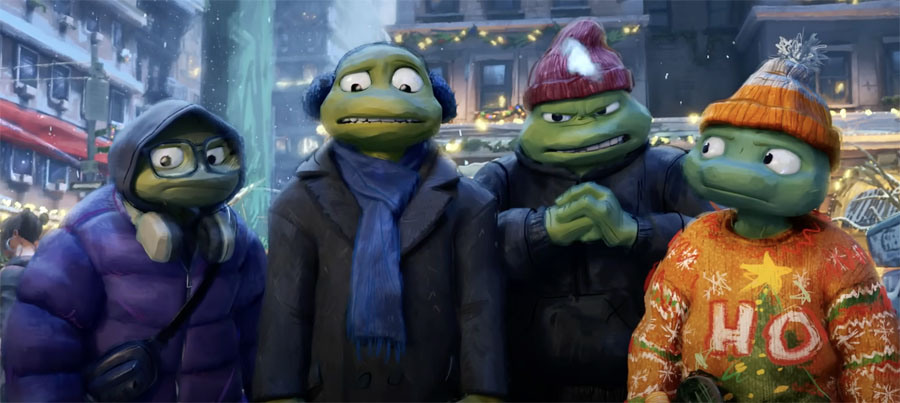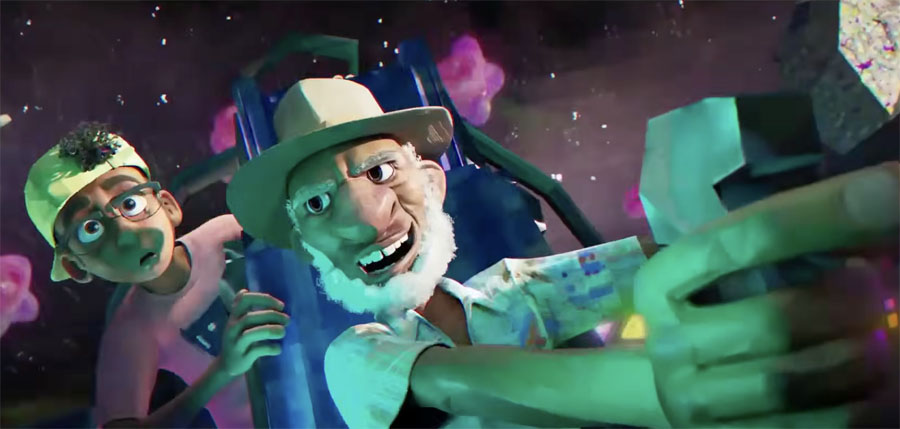I had my arms and heart open. I wanted to unashamedly love this film, smother it in chocolate valentine hearts, and set my keyboard aflame in effusive praise until I wore out my supply of similes. I wanted to compare it to some of the most outstanding achievements produced under Disney/Pixar’s aegis. What I saw was a fine film, but certainly nothing better than that. It breaks my heart to say, in defiance of almost universal critical praise, that Soul is prevented from greatness by its own flaws and inconsistencies, most of which originated in the film’s conception.
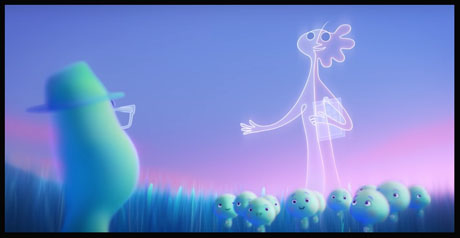
If you don’t know the story, it’s a three-part play: In Act One, high school music teacher/jazz pianist Joe Gardner (note the allusion to one who helps seedlings grow) is offered the dream gig of his life with the elite Dorothea Williams jazz quartet. After winning the job, the distracted Gardner falls into an open manhole and ostensibly dies (actually, this is one of the film’s first cheats; he’s later revealed to be comatose in a hospital bed, essentially negating everything that happens in Act One). He is on the celestial Stairway to Heaven (The Great Beyond) but thinks that there are two paths you can go by, and there’s still time to change the one you’re on. He jumps off and ends up in the Great Before, where unborn souls are pretty much preformed by “soul counselors” (all named Jerry) and older soul mentors who are often famous historical figures. Joe is mistaken for one and is given the job of prepping the incorrigible soul #22 for birth and life on Earth.
Big Problem: 22 wants no part of it, and all Joe wants is to return to Earth and live out his dream.
This first act, featuring non-denominational, metaphysical locations, is where we first see cracks in the film. Primary Director Pete Doctor (Monsters Inc, Inside Out) knows his way around a Pixar film better than Joe Gardiner knows his way around jazz piano. He and co-director/co-writer Kemp Powers allegedly set up the rules that this metaphysical enterprise functions by, but as the film plays on, it is apparent that they make up the rules as they go along and bend and/or break them almost at will. Soul is an unfortunate mess of inconsistencies and contradictions, and as I took notes, I was surprised at how many of them there were.
Act the Second contains Joe’s desperation to return to Earth. Through complicated circumstances involving incongruous hippie souls who inhabit “The Zone” while still alive on Earth–hey, I warned you— his soul is returned to his comatose (not dead)—except for the fact that a slip-up puts 22 into his body. At the same time, Joe is implanted into a therapy cat, a switcheroo that comprises the entirety of this act. (I did wonder what happened to the therapy cat’s soul, but never mind).
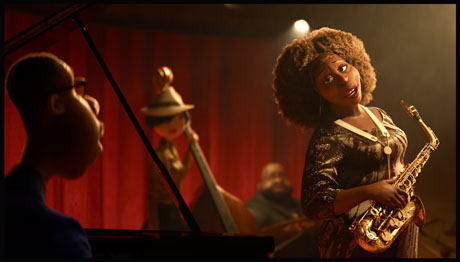
During this portion, Joe (really 22) gets a haircut, reconciles with his mother, and attempts restoration to life through the earth-version captain of the hippies. At the same time, Terry, the Soul Counter, is trying to capture Joe, since he is officially missing from the ledgers of the deceased (which I guess he should be since he’s technically alive). 22, meanwhile, has fallen in love with its experience of a beautifully idealized New York City and is having second thoughts about remaining unborn.
All of this sets up a frenetic third act back in the metaphysical realms, which accomplished two things: the heart-tugging, insightful, tear-producing setup for the climax and the contradiction and negation of virtually every rule scenario set up in Act I. I was stupefied by the ending of the film, which, in the context of the story’s events, seemed to be an egregiously tacked-on feel-good piece that contradicted the metaphysical world-building scenario that Docter and Powers worked so hard to establish. I won’t reveal it, but I’m sure it was designed to send people out of the theater with a song in their hearts (preferably by Duke Ellington or maybe Chick Corea) and a glow on their cheeks.
Soul is a message film that, in the end, has a simple message. Soul is a sister to Docter’s Inside Out, with elements of Coco and even Up present. There is a debt to the 1984 Steve Martin/Lily Tomlin film All of Me as well. Yet, everything is fresh and original rather than derivative. The biggest mistake was Docter’s assumption that the allegorical representation of a little girl’s brain could be an effective model when transferred to the metaphysical representation of a middle-aged man’s soul while being careful not to inject any religious elements in the telling.
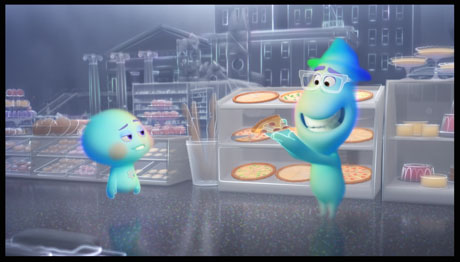
I also had a problem with the movie’s (and presumably Docter’s) determinism. The soul counselors and mentors seem to be responsible for imbuing the unborn souls with prepackaged personalities and traits (at one point, happy little souls recite their psychological profiles). Oh, and their passions in life (their sparks) before they can go through the portal of birth. By what right are the soul counselors given the authority to do this, and by whom? As a practicing psychologist for my entire career, I believe that the thoughts and actions that comprise what we define as “personality” are multifactorial in nature and strongly influenced by the environment. However, the predeterminations in Soul are in the service of fantasy, and I should shut up, except that this is a movie that is sure to have kids asking questions and possibly wondering if they are more automatons than autonomous.
If you’ve read this far, you might assume that I hated this movie; not so. In fact, Soul overcomes its structural and logical flaws by papering them over with great, winning performances, the most photorealistic computer animation to date, and its touching, sincere humanity. Nothing about this film is emotionally manipulative or makes clumsy grabs at your tear ducts, even in places where it is wide open to do so.
There is not one shaky performance in Soul. Jamie Foxx as Joe Gardner gives an incredibly nuanced performance whether the story calls for him to be frantic or world-weary; in one late scene where he asserts himself to Dorothea Williams and wins her over, his determination and confidence is terrific. Tina Fey is unbelievably good as the bratty, sharp-tongued 22; her transformation in the film’s late stages shows her incredible range as a voice actress. Angela Basset’s performance as Dorothea Williams is basically a variant of herself, but no one could have done it better. I have to point out Donnell Rawlings as Dez (Joe’s Barber) for giving an outstanding performance. In fact, all of the bit players in the black-owned barbershop are outstanding in their camaraderie. Special mention goes to Phylicia Rashad as Joe’s exasperated but eventually understanding mom, and a big tip of the cap to Richard Ayoade, Alice Braga, Wes Studi, Fortune Feimster, and Zenobia Shroff as the Soul Counselors. Only the soul counter (great vocalization by Rachel House) gets a different name—Terry.
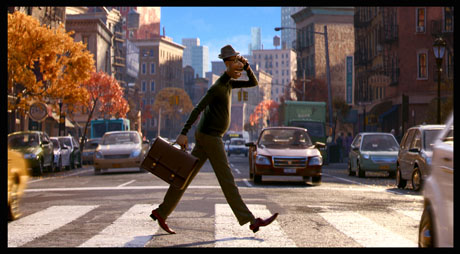
It is almost redundant to state that the movie is a brilliant display of state-of-the-art computer animation; that’s what Pixar does, so I’ll mention a few points. The movie’s earth-based parts are quite photorealistic but not out of place with the human characters, who are all caricatures. The New York scenes are a mellow postcard stamped with love; Woody Allen would be moved to tears. The super techs at Pixar capture the dirt in the floor’s pits in the subway, and every door and piece of wood in Joe’s apartment is detailed with nicks, scratches, and rubbed areas. When we first see Dorothea Williams, she is holding a gleaming saxophone that seems impossibly real.
The surrealistic realms are just as impressive. The Great Before is a preschool playground plastered in pastel and populated by unborn souls who resemble ambulatory lightbulbs with organic faces. The soul counselors are amorphous, animated line drawings. They expressively twine around themselves, forming odd yet recognizably human shapes. I was somewhat reminded of the early Zagreb School animated films by Dusan Vukotic (although Picasso is highly suggested). The Zone (which is a very undefined and shaky concept and can best be considered a plot device) is a candy-colored paradise representing inspiration but has a dark area where “lost souls” dwell. We don’t see the Great Beyond other than a shimmering creation of Disney’s particle generator, but Pixar had nothing more to prove, anyway.
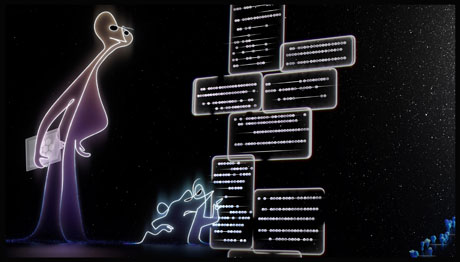
Finally, the music. On Earth, this job is performed by the evocative jazz compositions played by Jon Batiste (currently with the band Stay Human) and consists of fourteen tasty, flawless pieces. Kudos to the team of Trent Reznor and Atticus Ross, who composed the surrealistic score heard in the metaphysical realms. The ethereal music puts in mind a team-up between Tangerine Dream and Robert Fripp but is softer and more tonal.
In sum, once Soul is over and your emotions are no longer engaged, you are still left wowed by the artistry and performances. It is easy to overlook, or even forgive, the messy construction and inconsistent story details that made little sense or worked against themselves. More Pixar treats are certainly in the offering, and for now, it’s fair to be content with Soul.
